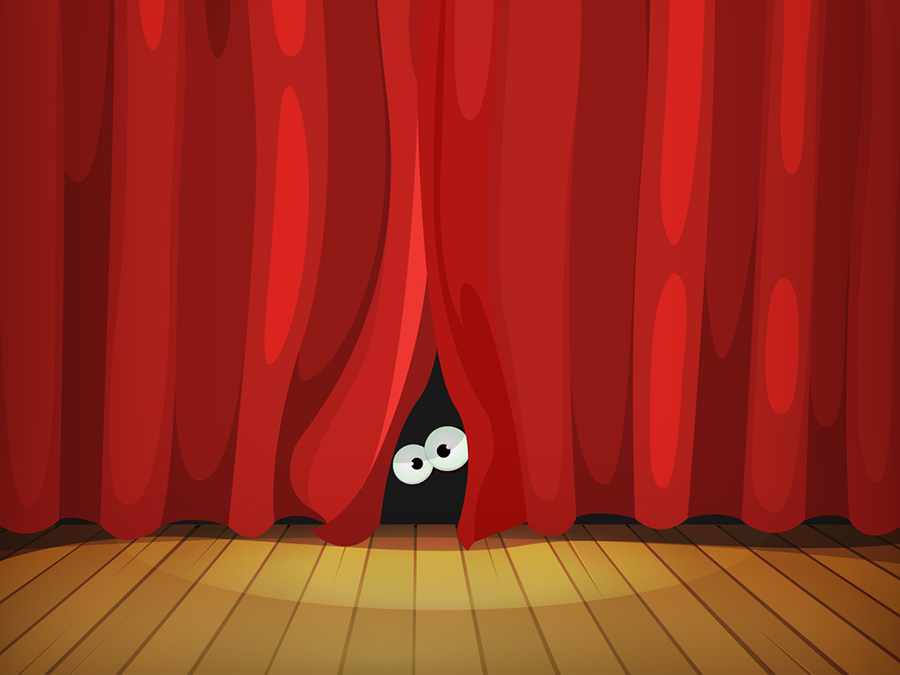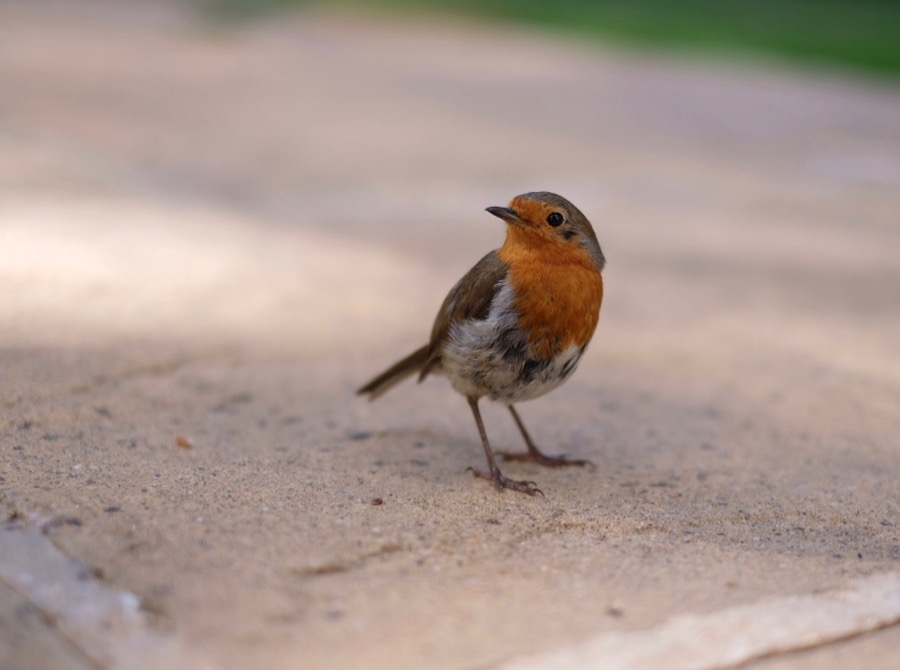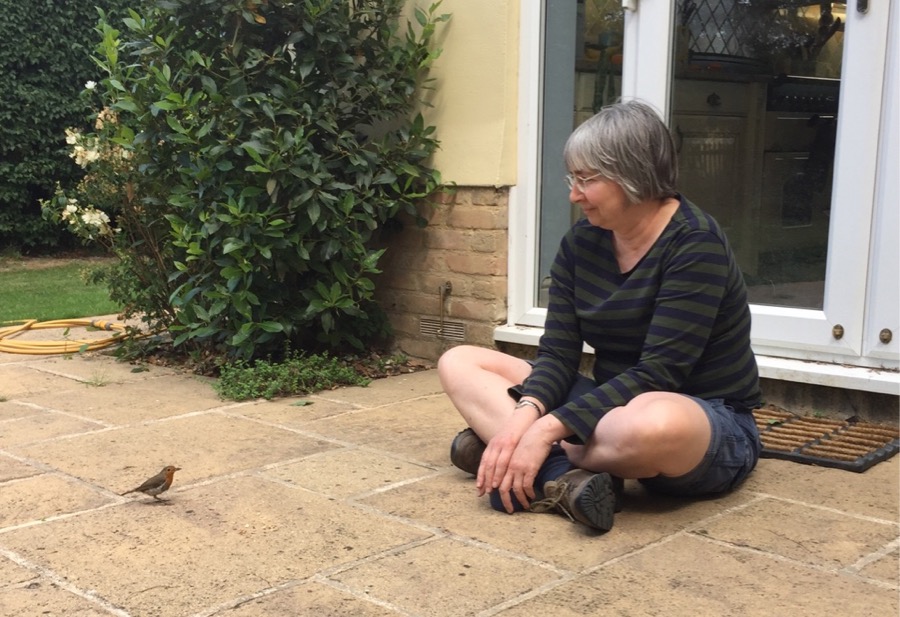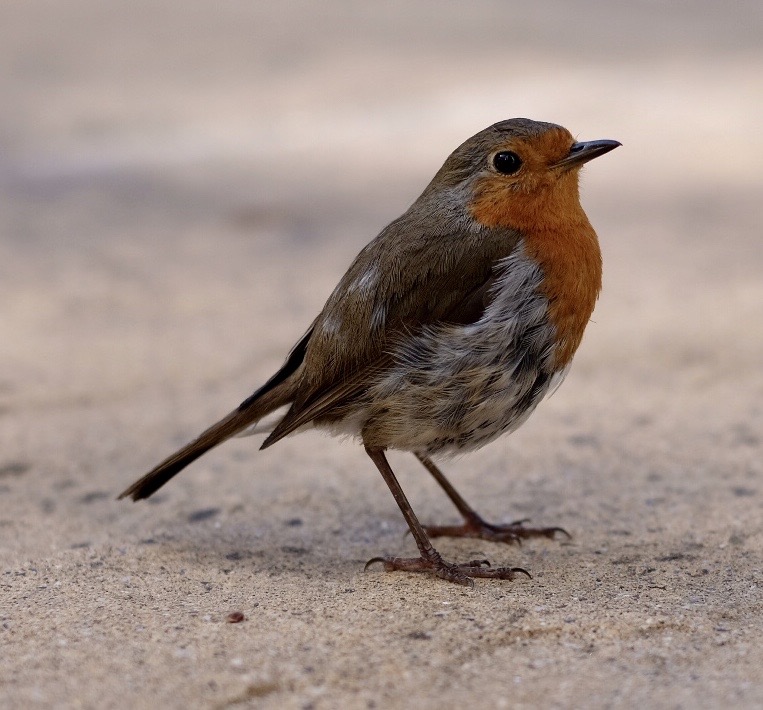Today’s very quick tip for improving your video calls.
This one’s pretty obvious, of course. You won’t need to be told this. But perhaps you’ll have a friend who does?
Today’s very quick tip for improving your video calls.
This one’s pretty obvious, of course. You won’t need to be told this. But perhaps you’ll have a friend who does?

Most of us are pretty familiar with standard Zoom calls by now, but if you’re asked to organise one with more than a couple of dozen participants, you may wish to make use of Zoom’s ‘Webinar mode‘, where you have a limited number of presenters (or ‘panelists’) and the majority of participants are just ‘attendees’. Attendees are able to watch, listen, and type questions, but are not normally visible or audible themselves, unless you promote them to be panelists too (which you can do on the fly).
Webinar mode is a paid add-on, but if you have a basic paid Zoom plan, you can add it on a monthly basis when you need it. It gives you some extra options like an Eventbrite-style registration system, polls, Q&A chat windows, post-call surveys, the ability to livestream to YouTube, etc. You can find out the details on Zoom’s site. Overall, while there are a few things I would like to change, it works really quite well.
But it is a bit different from a normal Zoom call, and having run a few of these now, ranging from tens to hundreds of attendees, I’ve come up with some tips and a checklist I run through beforehand, and I thought others might find them useful.
This may all look like a daunting amount of preparation, but it needn’t take too long, and going through it can remove a much more daunting amount of stress! If any of these steps does take a significant amount of time, then it’s certainly something you want to find out before, rather than during, your webinar!
There are lots of general video-conferencing basic tips you can find out there on the web, of course. Things like:
I won’t go into any more of these because I assume we all know them by now, but make sure your panelists do, too. In fact, if there’s just one tip you should take away, it’s this:
The trial session should include you, any speakers, and one or two other helpers. You want everyone to know what it’s like to be a panelist, and what it’s like to be an attendee. Things you’ll want to find out:
You need more than just two of you to try this kind of thing out.
You’ll also want to check all of the basic things listed in the previous section for each speaker, of course, and consider whether anything is likely to change. Are they in the same venue, on the same network, using the same machine, and will the lighting be different at the time of the actual webinar?
However, don’t hold your trial session just before the event! You may need to tell your keynote speaker that they’ll need to find a different location because they’re just a silhouette. Or they must borrow a different microphone. Or plug in an external keyboard. Or lock their children in the basement.
We were preparing for one lecture where the trial session was great. Our speaker normally worked from her conservatory/garden room, the lighting was good, and the acoustics were better than expected; everything was ready to go. And then, a couple of days beforehand, I looked at the weather forecast and realised that we were in for a major heatwave on that day! The conservatory was not going to be the right venue after all, and she had to do significant moving of furniture, lighting and equipment (followed, of course, by another trial session to check the new setup).
If your speakers are going to be sharing their screen, test that out in advance with every speaker. A couple of days ago, in a trial session, two of my panelists discovered that they hadn’t done Zoom screen-sharing on their Macs before. They needed to go into System Preferences and grant Zoom the appropriate permissions, then restart the app. You don’t want them to discover this just after you’ve introduced them to the audience.
One last point on trial sessions: when you set up a Zoom webinar, you’ll be asked if you want to enable a ‘Practice session’. This is also useful, but it is slightly different: Practice sessions allow panelists, and panelists only, to connect and check things out and chat just before the meeting starts. All the other attendees just get told that the meeting will begin soon, until you, the host, click the magic ‘Broadcast’ button, and the stage curtain rises.
So yes, you probably want to do a ‘practice session’ too, but think of it as ‘waiting in the wings’, rather than the dress rehearsal. It isn’t the right time for experimenting with what attendees can or can’t see or do, nor is it the time for discovering potential issues that may take longer to fix. That’s why I picked a different name for a ‘trial session’ above: don’t rely just on the practice session unless you and all the presenters have done this together on a regular basis. Set up a separate webinar for your trial, and make sure you use the same settings for the real event. Make sure, too, that your panelists are quite clear about which meeting link is which!
We’ve also learned:
Some of these involve Zoom settings that you can set up beforehand, others can be changed on the fly or during the meeting. In the case of the former, you may need to use the Zoom web interface to make the change; you can’t do everything through the app.
In advance, or at the start while people are taking their seats:
Tell the panel:
When the meeting starts, tell the attendees:
During the webinar:
You may want to ‘Spotlight’ a speaker’s video. Normally, Zoom will show the video stream of the current speaker. (Viewers can override this at their end by ‘pinning’ a certain view.) If your webinar is a panel session, you want this auto-switching. If it’s a single speaker, then you should also be fine, because everybody else will be muted, so it won’t switch anyway. However, ‘spotlighting’ the speaker’s video is a good safety measure to stop unexpected switches when somebody’s dog barks in the background after you forgot to mute them!
If, at the conclusion, you have questions or discussions involving other panelists, you probably want to switch off spotlighting at that point, so that the other speakers are visible again, and questions don’t come as disembodied voices from the ether.
And finally:
Right, there are many more things I could cover, but I hope that highlights a few things that you might want to consider, especially if you haven’t done this webinar thing before! Have fun, and I hope it goes well!
This project at UCLA is such an intriguing idea. And using today’s hardware and software, not too hard to implement.
Our friendly neighbour has been back…

He turns out to be particularly partial to small pieces of raisin.

If you ever want to invite a robin round to tea, I can guarantee that raisins will be a welcome accompaniment.

The people of Liverpool are celebrating, after their football team beat Manchester City yesterday and so reached the top of the Premier League, for the first time in thirty years.
Now, it might surprise regular readers, and those who know me now, to discover that I used to be a Liverpool supporter!
The little town of Ware, where I grew up, wasn’t close to any major football-playing city. I think Tottenham Hotspurs probably counted as our most local team, but it seemed impossibly far away, and there was no particular reason to go to Tottenham. There never is, as far as I can gather.
So in the playgrounds of my youth, the kids claimed allegiance to a wide range of different teams, and I realised that I was going to have to come up with an answer to the regular question, “Who do you support?”. Pointing out that they meant “Whom” clearly wasn’t achieving the desired results. But I was an observant child, and it was immediately apparent that if you responded to that question with the name of a losing team, it resulted in jeers and humiliation. Why would anybody want that? In the 70s, Liverpool seemed to be winning everything, so I decided I was a Liverpool supporter, and life was better, though I was still stumped when they asked, “Who’s your favourite player?”. I don’t think I could name any of them.
-–
I’m not sure when I last actually watched a football match on TV. It certainly wasn’t in this current millennium; but I do vaguely remember seeing a couple of matches of the World Cup in the early 90s, when we were staying with friends who were enthusiasts. And it was an enjoyable experience, partly, perhaps, because I did feel some engagement: I had an opinion on whether England should beat Germany, when I would have had none about the relative merits of Aston Villa vs Manchester United.
I haven’t really had the time to watch any other sports since, I don’t think. (Except the Boat Race, of course – that goes without saying.) Still, all of this history is in some small way commemorated by the fact that I feel glad that the people of Liverpool have been celebrating, though I hope they maintained their social distances while doing so.
Thirty years is, after all, quite a long time to be ridiculed in the playground.
Update: John Naughton pointed me at Simon Kuper’s very readable piece on Why Football Matters. Recommended.
Yesterday, we took the day off and went to the North Norfolk coast. Maintaining social distancing wasn’t too hard. And Tilly got lots of exercise.
That old pipeline that runs out along across one of our favourite beaches has clearly seen some action in the past:
Rose said this looks like two friends embracing across a fence:
And at times, sections of the pipe emerge like a sea monster from the deep:
Here you might be walking on fresh samphire…
or crunching on cockle shells.
It was great to return to a place we’ve visited often and always enjoy.
(I posted a rather different photo from here on a previous visit.)
Now, you may well be asking, how did you manage this, when almost everything is closed? This particular beach is about an hour and three-quarters’ drive from Cambridge, and that poses some challenges when it comes to… ahem… the need for a comfort break.
Well, the answer is that we’re fortunate enough to have a small campervan.
We can’t use it for any overnight stays at present, but it does make a jolly good vehicle for day trips. It has a fridge, a table, a stove, fresh water…
And it also has a loo. Sort of. Even in a van this size. Now, we don’t often use the loo, because we usually stay on sites that have such facilities, and, well, frankly, a loo that you have to pull out of a cupboard before use isn’t that much of a ‘convenience’. Sometimes we leave it behind, because the cupboard space is more useful, and when we have used it in the past, it generally goes in a little loo tent we pitch beside the van.
Having said, that, these facilities have come a long way since the more primitive equivalents I remember from my youth. Ours is Thetford Excellence, in case you’re interested, and it’s remarkably civilised. All the necessary seals are good, modern chemicals do a good job, it incorporates a loo roll holder and even, would you believe, an electric flush! There are some places I never expected to install AA batteries… but it works well. We probably wouldn’t have chosen quite such a luxurious one, but it came with the van.
Anyway, the point is that this does, pretty much single-handedly, enable day trips during lockdown. “Would you like to take the dog for a short walk, dear? I’m just going to draw the curtains…”
Anyway, back to the beaches. The Norfolk beaches we visit are never crowded, but the car parks can be, so we made sure we arrived early. By the time we departed, a couple of hours later, somebody was grateful for our space.
We had lunch in a different car park, at Blakeney. There was still plenty of space here.
We managed to get a takeaway coffee and cake from a favourite spot in Holt which does an awfully good job of both, and then headed for a rather different beach at Weybourne in the afternoon.
Here, you’re walking on pebbles, which is not quite so easy, but they’re beautiful none the less.
We always bring some of the more colourful pebbles or shells back from our seaside trips, and they end up decorating the bird-bath in the garden.
Talking of birds, there were lots of happy ones bobbing about.
And there are suitably picturesque scenes to be snapped even from the car park.
The standard way to get one of these boats over a pebbly beach into the sea, by the way, is to attach a small accessory.
It’s basically a big chunk of ferric oxide with a diesel engine.
Anyway, all in all, a very pleasant day, and, being aware of the hardship many others are going through at present, I was enormously lucky to be able to enjoy it in such a versatile vehicle with my two favourite companions.
I’m sure you’ll be pleased to know that, as she approaches her 11th birthday, Tilly is still enjoying her favourite pastime.
She was doing much the same thing 9 years ago and 6 years ago. Different fields, different crops, but clearly intended for the same activity.
Looking out of the window at present, I am reminded of a verse I learned in my childhood:
The rain, it raineth on the just
And also on the unjust fella.
But chiefly on the just, because
The unjust’s pinched the just’s umbrella.
 It’s rather pleasing to discover, investigating it now, that the verse comes from Lord Bowen, a notable lawyer of the mid-19th century. (There are a few variations on the precise wording of the last line, but I still like my mother’s version above.)
It’s rather pleasing to discover, investigating it now, that the verse comes from Lord Bowen, a notable lawyer of the mid-19th century. (There are a few variations on the precise wording of the last line, but I still like my mother’s version above.)
Bowen had many achievements in his life, both professional and literary, and I hope he won’t mind that I remember him for this rather than his translations of Virgil.
I’m so impressed with spiders. How can it be that, after I’ve used a high-power pressure-washer to blast away the grime from the car — removing dirt, bird poop, tar, and grease — foaming, jetting, brushing and hosing — the thing I always notice as I drive away is the delicate spider’s web still attached to the wing mirror?
Anyway, thinking about spiders puts me in mind of the Iron Man song that was circulating on Twitter a while ago. Sorry, I don’t know the originator, but you will know the tune.
Iron Man, Iron Man,
Does whatever an iron can!
Takes your clothes, makes them flat
Rubs out creases just like that!
Look out! Here comes the Iron Man!
© Copyright Quentin Stafford-Fraser
Recent Comments